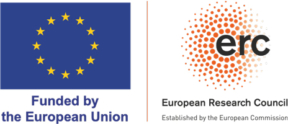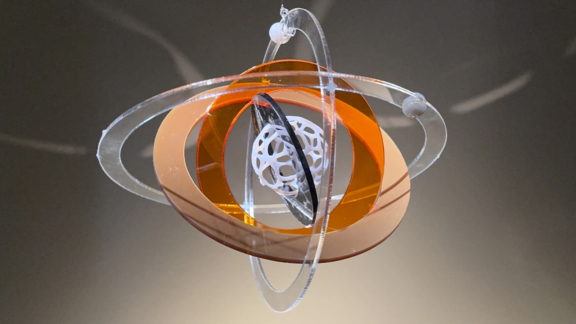
Circle and Grid. History, Science and Design
Event Slider
Date
- / Cancelled / Sold out
Location
Auditorium 3 Calouste Gulbenkian Foundation
This conference is held in the context of the exhibition Power of the Word. A Gift for the Emperor: Circles of Knowledge and puts into discussion its underlying centrepiece: the 19th-century Arabic manuscript of the Tuḥfat al-Khāqān, a stunning and enigmatic collection of encyclopaedic diagrams.
The object will be approached in a dual way: from a conceptual-historical angle and from a visual-graphic design aspect, by both academic specialists and contemporary designers and calligraphers.
The topics under discussion will be the relations between metaphysics and geometry, between esoteric and cosmological sciences, and the transfer of knowledge through Eurasian cultures, from Antiquity to modern times.
Speakers
-
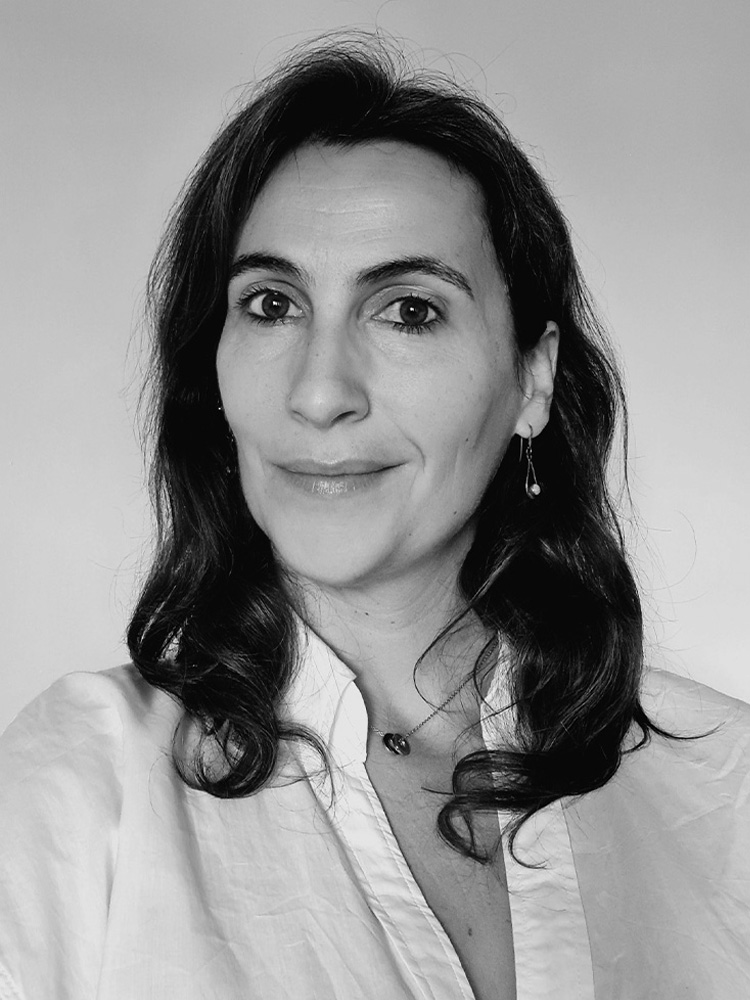
Ana Claro
Ana Claro holds a PhD in Conservation and Restoration and worked as a visiting postdoctoral researcher at the Getty Conservation Institute. She won a Marie Curie grant with the NANOART project and was the principal researcher of the project IronIC. She is part of the direction and editorial board of ‘Conservar Património’ and co-founder of ‘Textiles, Trade and Taste’. She is currently a researcher at CHAM. Her primary research focus is studying coloured materials applied on cultural heritage.
-

Charles Burnett
Professor of the History of Islamic Influences in Europe at the Warburg Institute, University of London. His life work has been to document the passage of Arabic science and philosophy to the Latin West, documenting the activity of the translators, and showing how the translated works were assimilated into the schools and universities of the Middle Ages and Renaissance. Among other publications, he has edited and translated the major astrological works of Abū Maʿshar.
-
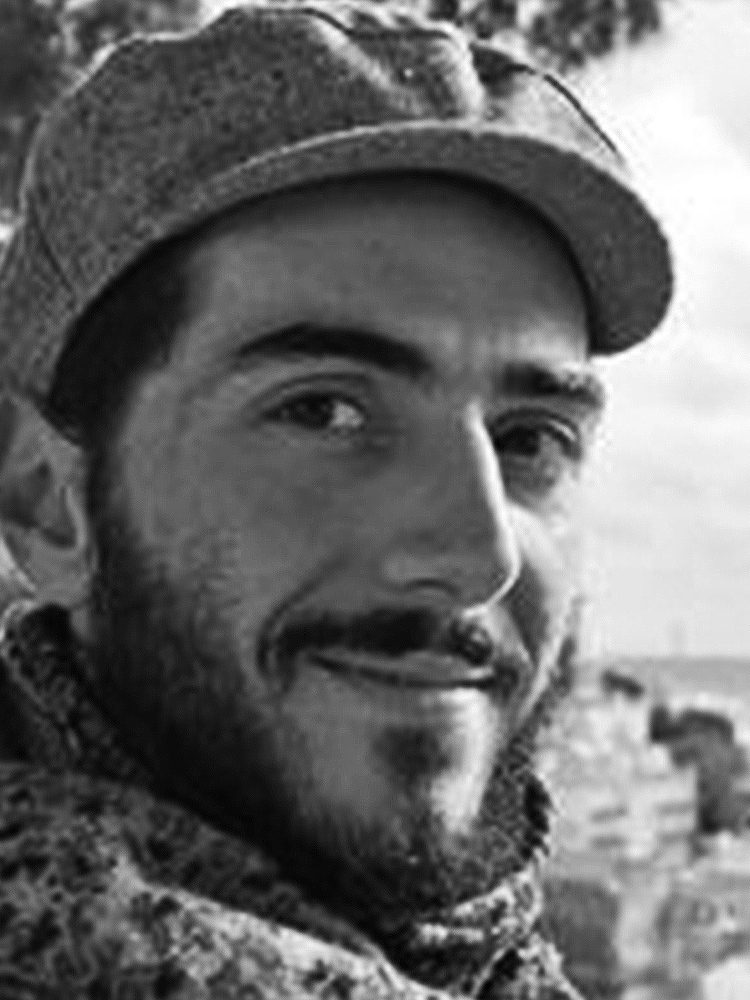
Fabrizio Boscaglia
Lecturer and deputy director of the Masters in Science of Religions at Lusófona University. He has a PhD in Philosophy from the University of Lisbon with a thesis on Fernando Pessoa and the Islam. His research focuses on the dialogues between Portuguese and Islamic cultures. Guest curator of the exhibition ‘Power of the Word IV. Divine Wisdom: the Sufi Way’ at the Gulbenkian Museum. Author and editor of scholarly publications, and consultant at King’s College London.
-
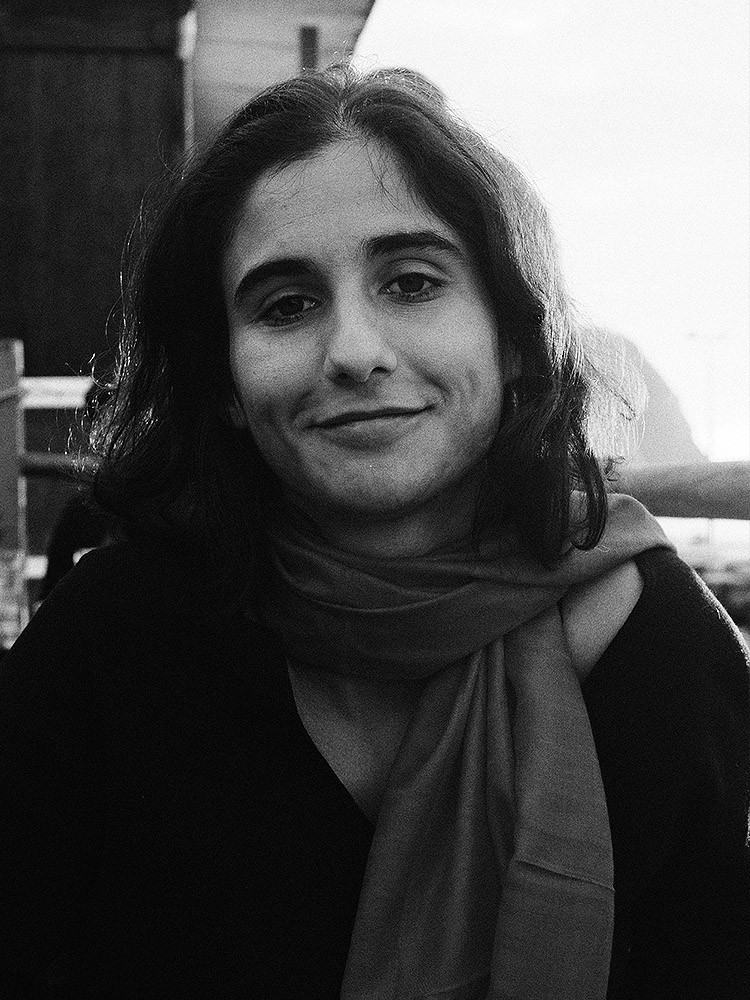
Inês Bénard da Costa
PhD student at the University of Lisbon and member of the Portuguese Interuniversity Centre for the History of Science and Technology and of the ERC Rutter Project – Making the Earth Global. She is interested in the history of science in European and Islamicate societies and is currently working on a dissertation on circulation of knowledge between Iberian and Indian Ocean navigators in the 16th century.
-

Jeffrey Kotyk
Associate researcher at Università di Bologna, leading the Marie Skłodowska-Curie project ‘SinoIran’, that explores the historical relations between China and Iran in late Antiquity. His previous research has dealt extensively with the history of foreign Astrology and Astronomy in China.
-

Joumana Medlej
Artist, author and educator from Lebanon, now London-based. Her contemporary art practice is rooted in past knowledge and art technology, about which she publishes and teaches. Her main research focus are the early tradition of Arabic calligraphy, inks and paints belonging to that era, and the medieval approaches to mapping the universe and making sense of our place in it.
-

Juan Acevedo
Classics graduate from the Universidad de Los Andes with a PhD in History of Philosophy from the Warburg Institute. After working on Comparative Religion, he is currently with the ERC Rutter Project studying early modern Arabic manuscripts on Indian Ocean navigation. His main research interest is in conceptual and cultural history and in alphanumeric systems where metaphysics and craftsmanship overlap to express and create knowledge and realities.
-
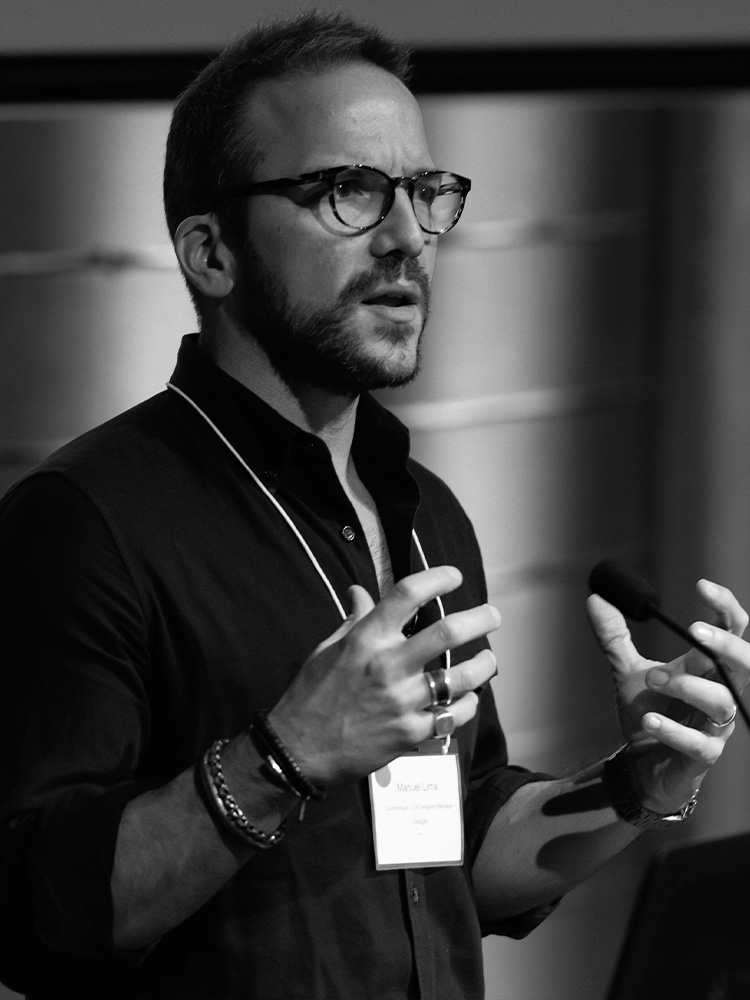
Manuel Lima
Fellow of the Royal Society of Arts. TED Speaker. Design lead, startup mentor, and educator. Currently Global Head of Design at Interos. He previously worked at Nokia, Microsoft, and Google. Author of 4 bestseller books. Spoke at more than 100 events around the globe and his talks have been watched by more than 3 million people.



